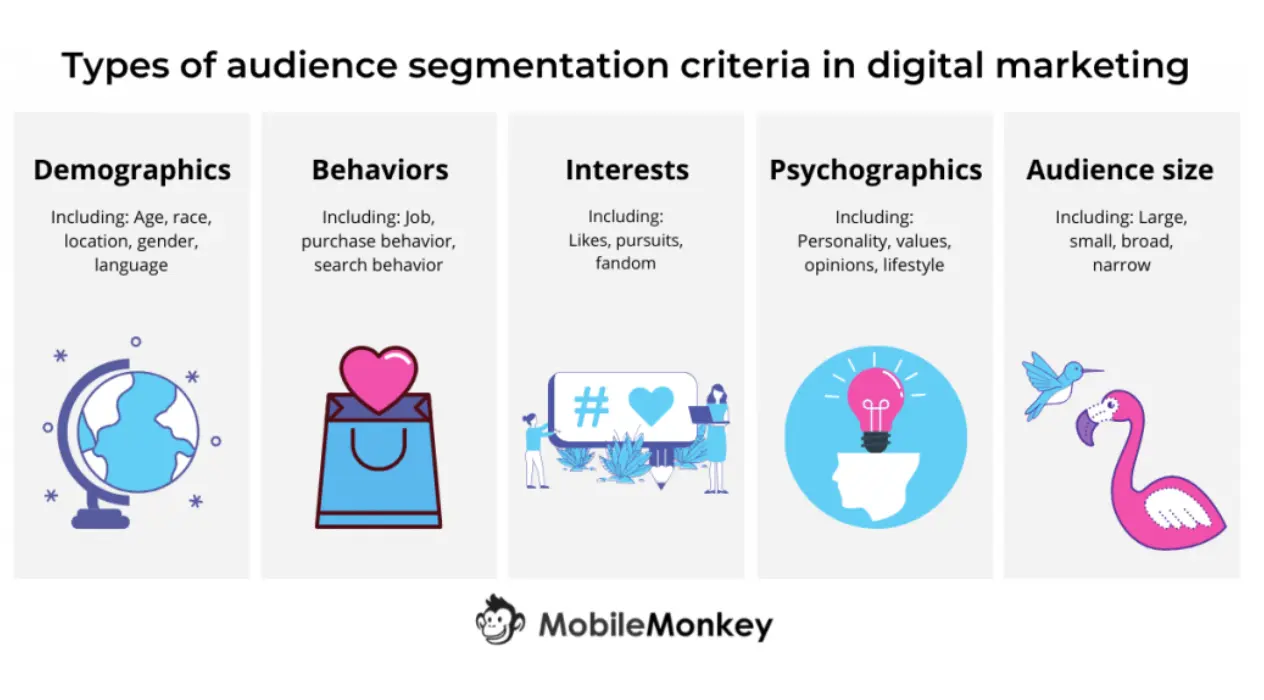Imagine a scenario where you receive two emails. Email one has a subject line that targets your pain point(s), addresses you by name, and has personalized content based on your interests.
Email two has a generic subject line, doesn't address you by name, and it's evident that the sender didn't analyze their email list because the content in it isn't personal.
Which email would make you feel more connected to the business? Our guess is the former.
You're not alone. 71% of customers say brands need to personalize their interactions to keep them engaged.
This article covers how personalization affects brand loyalty and how you can use personalization to make your prospects feel more connected to your business.

Personalization Leads to Brand Loyalty
Brand loyalty is an attribute that can bring plenty of business — - but building brand loyalty can be a difficult task. You can't buy it, after all!
But you can invest marketing dollars to make your customers loyal to your brand(s).
And personalization of audience experiences is an excellent place to begin investing. It’s because if you don't use personalization, more than 62% of your customers will lose brand loyalty.
If your content budget is strict and you can't invest any money to deliver personalized experiences, think of creative ways to keep your prospects engaged.
As a point of inspiration, Dentflix shares videos and blogs that answer essential questions prospects might have, such as what specific processes look like, how to take care of your teeth after a procedure, and how much veneers cost.
How to Use Personalization So Customers Feel More Connected (in 3 steps)
- Personalize all channels
- Segment your audience
- Create meaningful landing pages, popups, and follow-up emails
1. Personalize all channels
Since the world is shifting to a more omnichannel approach, there needs to be a synchronized experience of how your brand makes customers feel.
For example, you can't email them personalized recommendations or treat them like strangers on SMS.
Once you decide on personalization as your brand mojo, ensure that you apply it to all channels. It will provide a more cohesive experience and help improve customer loyalty.
So, what channels are we talking about specifically?
- Social media (social media communications should match the audience and channel tone)
- SMS
- Apps
- Website communication
- In-store communication
Some brands take their personalization game one step ahead by integrating it into their products.
For example, PetScreening, a digital pet management company, offers customers and their clients a personalized dashboard to elevate their experience.
Another example, how Klinio, a diabetes management platform, utilizes quizzes to customize its in-app programs, including diet plans, workout schedules, and educational content, for each user.
This personalized approach enhances user engagement and ensures that individuals receive tailored support and information that aligns with their unique needs and health goals.
2. Segment your audience

One effective way to improve customer engagement is to deliver content that matches the audience's interests. That's where customer segmentation comes in.
If you already have customer data, you can analyze it to divide your audience based on the following segments:
- Behavioral. Consider your customers' needs and their purchasing and spending habits. For instance, Matchr, a B2B HR company, requires clients to fill out a form to understand their needs so they can deliver solutions accordingly.
- Geographic. It's all about location, location, and location. E.g., if you have a flower delivery service in Lubbock, Texas, it wouldn't make sense to send offers to people in New York.
You can also integrate tools like Capillary's robust loyalty program software, Reverse ETL into your tech stack to deliver hyper-personalized experiences by merging sales, customer support, and product data in data warehouses.
Side note: Once you have the customer data on hand, please treat it carefully and don't share it with any third parties without their consent.
The best practice is to make customers sign off on your privacy policy (you can generate a free privacy policy on platforms like Termly).

3. Create meaningful landing pages, popups & follow-up emails
Your customer's journey with you begins before they even purchase your products and exists long after they've made a purchase. So, how do you personalize experiences for an audience you don't know?
Begin by identifying the needs, wants, and attitudes of your current customers and consider factors like what made them buy your product, where most of them reside, and what made them convert.
Compare all elements with your offering.
For example, if your customers buy your product because of the price you offer, then highlight that. Or, if most of your customers are from Canada, create customized landing pages with references for Canadian audiences.
Similarly, create popups that have the following:
- Personalized CTAs
- High-quality copy
- Social proof
- Strategic media use
- Links to your social channels
- A meaningful message

As for how to create effective follow-up emails, the key is to treat your customer like a friend.
- Share a genuine thank you note
- forward recommendations of things you think they might like
- use effective media like memes to communicate
- send them FOMO messages, and always, always
- speak in terms of "you" (or write their name instead of "you").
You don’t always send them an email with the intent of getting something back. You can send it to engage and educate your audience, or to build genuine relationships with them.
If you find it confusing on what to do, try this online Gantt chart maker to visually define tasks and timelines using Gantt chart software.
Parting Words
While all the ways we mentioned above will help your customers feel connected to your business, the one final piece of advice we can give is to listen to the feedback your customers give you and A/B test strategies to see what works and what doesn't.
If you'd like to read more about how to improve business communications, convert prospects, and which tools to use, then subscribe to the POWR blog.
Author Bio
Guillaume is a digital marketer focused on handling the outreach strategy at uSERP and content management at Wordable.
Outside work, he enjoys his ex-pat life in sunny Mexico, reading books, wandering around, and catching the latest shows on TV.

